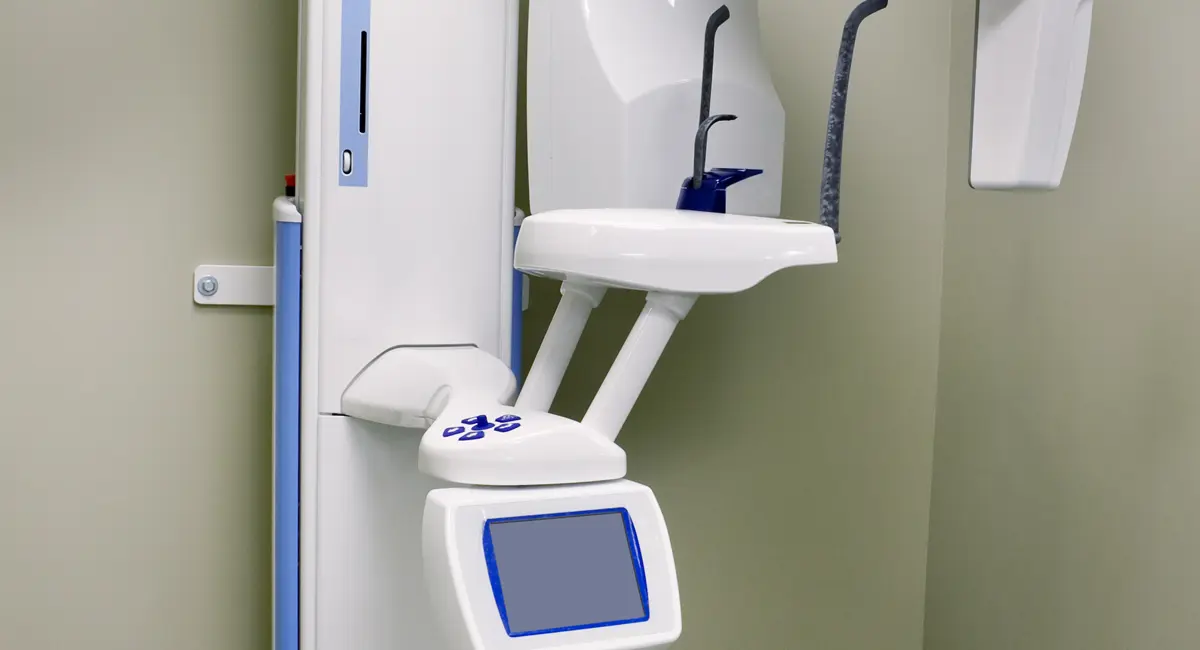Understanding dental device regulations
- Regulation
This guide simplifies the Therapeutic Goods Administration (TGA) requirements, clarifying which dental devices need approval and how to comply.

Australian dentists must navigate complex regulations governing medical devices. This guide simplifies the Therapeutic Goods Administration (TGA) requirements, clarifying which dental devices need approval and how to comply.
What is a medical device?
A medical device is any instrument, apparatus, or material used for diagnosis, prevention, monitoring, treatment, or alleviation of disease or injury. This includes accessories and specified articles with a therapeutic purpose. However, items like anatomical models or cosmetic components are excluded.
Dental device regulations
Dental devices are classified based on risk, from low-risk items like tongue depressors (Class I) to high-risk implants (Class III). Advertising, manufacturing, and essential principles must be adhered to.
Key changes and implications for dentists
- Most dental devices, including imported and locally made ones, require inclusion in the Australian Register of Therapeutic Goods (ARTG).
- If you're involved in importing, manufacturing, or supplying devices, you're likely a sponsor and must comply with ARTG regulations.
- Some devices, like those made from ARTG-included materials by Australian suppliers, may be exempt from ARTG inclusion but still require compliance with other regulations.
Practical examples
- Occlusal splints require ARTG inclusion if imported, but not if made locally with approved materials.
- Crowns are exempt if made with approved Australian materials, otherwise require ARTG inclusion.
- 3D printed devices are exempt if using approved materials, but new materials need ARTG inclusion.
- Brackets and wires require ARTG inclusion before import, but adaptation for patients isn't regulated.
- Dental implants and related accessories always require ARTG inclusion.
What dentists need to do
- Assess your involvement in device supply to understand if you're a sponsor.
- Regardless of ARTG inclusion, comply with essential principles, advertising rules, and adverse event reporting.
- Keep up-to-date with TGA guidelines to avoid penalties.
By understanding these regulations, dentists can ensure their practice complies with Australian law and patient safety standards. For detailed information, visit the TGA website.
Please note this is a simplified overview. Always consult the TGA for specific guidance.
Keeping dental devices safe
Did you know your dental tools and materials are considered medical devices? The TGA monitors their safety through adverse event reports.
What can you report?
- Adverse events, or near adverse events with any dental equipment or materials used in Australia.
- Every report helps the TGA identify and address potential safety issues.
How to report
- Use the online TGA form
- Email, fax, or mail (details on TGA website)
What happens after a report?
- The TGA investigates the issue.
- If a product has a serious problem, the TGA may issue a recall.
- You can find recall information on the TGA website
Stay informed
- You can find recall information on the TGA website
- The TGA posts alerts about product concerns on its website and social media.
- These alerts tell you what to do if a product is recalled, such as returning, disposing of, or modifying it.
ADA feedback on the evolving regulation of exempt medical devices
In a recent submission to the TGA, the Australian Dental Association (ADA) and the Australian Society of Orthodontists (ASO) jointly expressed opposition to proposed changes in the regulation of exempt medical devices and other therapeutic goods (OTGs).
We argued that increased regulation would unnecessarily burden dentists and dental laboratories, potentially leading to higher costs for patients and delayed or reduced access to dental care.
The TGA sought feedback on proposed changes to the regulation of exempt medical devices and OTGs, which are products that typically pose low risks to consumers. The ADA and ASO consider that the current regulatory framework is adequate for ensuring the safety and effectiveness of dental devices.
Key points from the submission
- We argued that most dental devices are low risk and that there is no evidence to support the need for additional regulation.
- The proposed notification requirements would create substantial administrative burdens for dentists and dental laboratories, increasing costs and potentially delaying patient care.
- Higher costs associated with increased regulation could lead to patients delaying or forgoing necessary dental treatment.
- We suggested that enhancing sponsor awareness and compliance, rather than imposing additional regulations, would be a more effective way to address potential issues.
While our submission acknowledged the potential benefits of collecting information about exempt devices, it raised concerns about the practicality and effectiveness of public disclosure. We also expressed reservations about the requirement to provide samples of patient-matched medical devices to the TGA.
The ADA and ASO support the TGA's efforts to ensure the safety of medical devices but consider that the changes proposed would have some unintended negative consequences for patients and dental professionals.





Social Sharing
Share this via
Or copy link